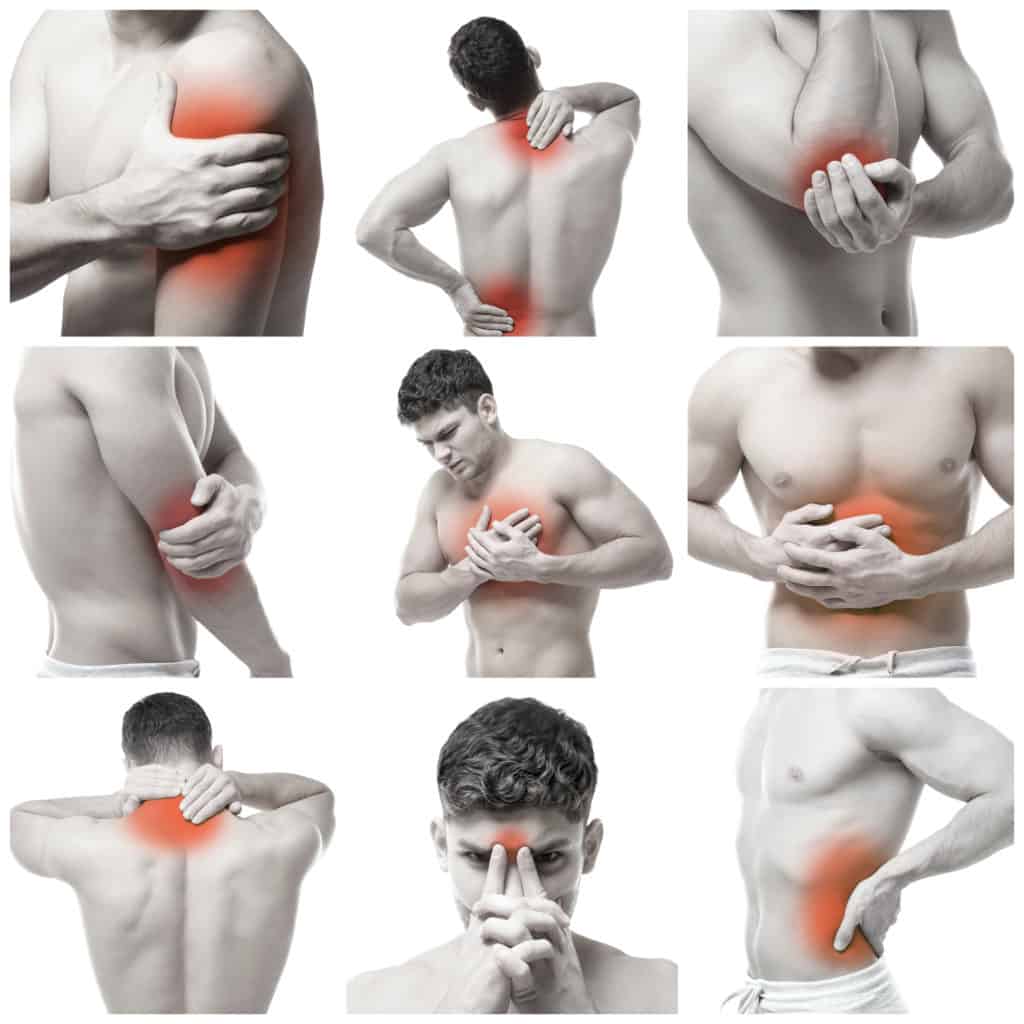
Do you or someone you love suffer from chronic pain?
We all have experienced pain at some time or the other – a broken leg, sprained ankle, childbirth, or even a pounding headache the morning after one too many drinks. It’s an inevitable part of life.
Whether it’s a fall, accident, major surgery, or for any other reason – physical pain is, sadly, part of being human.
More Blogs From Michael Sudbury
Yoga And Myofascial Release: Is There A Connection?
What Can Myofascial Release Do For My Emotional Trauma?
Are There Side Effects To Myofascial Release?
We’re going to give you some tips on how to deal with chronic pain when it feels like everything is too much, but first, for those that don’t know – let’s recap on what chronic pain is and what the symptoms feel like.
You might be reading this article intending to help and understand someone you love. Or, if you’re a chronic pain sufferer yourself, you may want to forward this article to your friends or relatives to help you explain what you’re going through.
There are two types of pain: acute pain – the more common of the two, and chronic pain. Of the two, chronic pain is more enduring and longer-lasting, proving tricky to treat. Acute pain tends to be intense in the moment. Still, it goes away quickly with medication or when the immediate issue causing the pain is dealt with and rectified.
Chronic pain, conversely, is continuous and interminable.
It debilitates.
It’s constant, unrelenting, and ongoing.
It isn’t just the physical discomfort that causes problems, either. Chronic pain is also mentally stressful and prevents you from enjoying a decent quality of life.
Studies in the US show that around 1 in 5 people is afflicted with chronic pain of some kind. Medically, chronic pain is pain that lasts for more than three months despite treatment.
Consequently, chronic pain affects energy levels, hinders what you’re able to do, and hampers your flexibility while also reducing your endurance. It’s no fun at all.
There could be many reasons why you or someone you love suffer from chronic pain – ranging from complications after surgery to accidents and injury.
Some of the common kinds of chronic pain are:
- Arthritic pain
- Post-surgery pain
- Any nerve pain (neuralgia)
- Severe headaches and migraines
- Post-traumatic pain
- Pain due to cancer and the associated treatments such as chemotherapy, radiation, and radical surgery
- Severe back pain
What Are The Long Term Effects Of Chronic Pain?
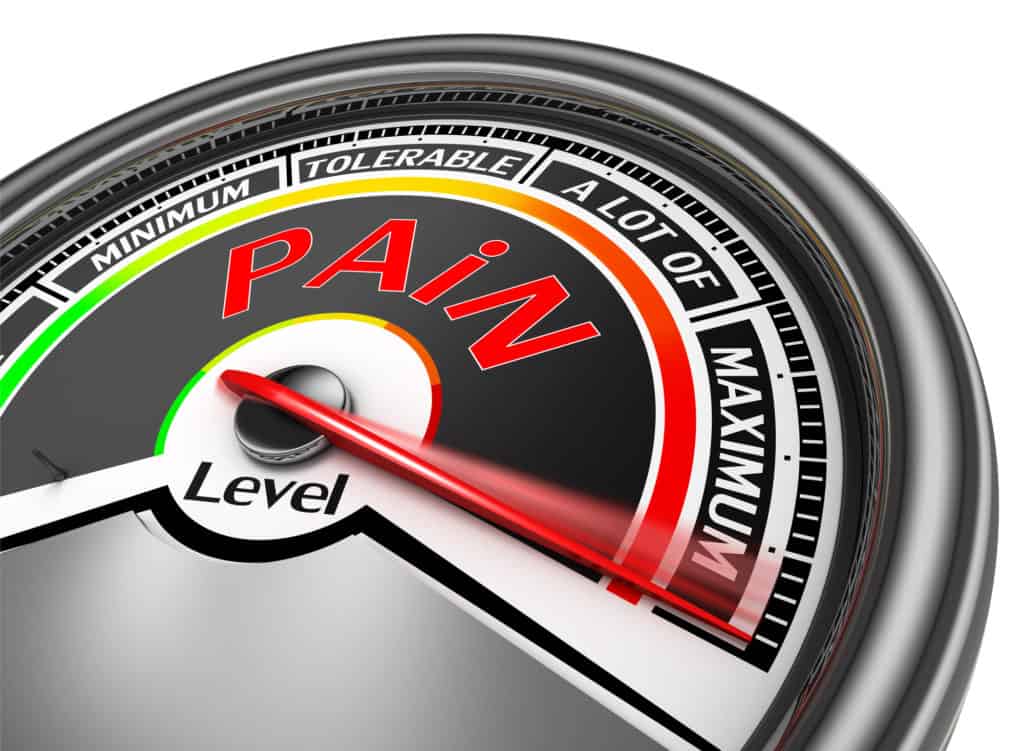
When you have acute pain from an accident or injury, you can recover in a matter of days or weeks, with things returning to normal quickly. However, it can severely impact your overall quality of life when the pain persists, as is the case in chronic pain.
After a while – and increasing pain levels, the mental and physical strain can make it challenging to carry out your everyday activities.
Here are some of the ways that chronic pain can affect your life:
- Affects mood: Chronic pain can eventually lead to depression and anxiety because of the incessant pain. This mental strain and the associated low mood can stop you from living a normal life and leave you feeling apathetic like there is no hope.
- Memory and focus: Having constant pain over an extended period can negatively impact your short-term memory and lessen your ability to focus on any given task, making work next to impossible. Research done by a Canadian university revealed that around two-thirds of patients with chronic pain suffer from memory lapses and lack of concentration.
- Relationships: Another critical area that chronic pain negatively affects is being able to maintain relationships. Since the pain and the mental stress hamper your ability to socialize or work, it may also make you irritable and short-tempered and affect your relationships. In addition, it can lead to misunderstandings with family members, relatives, and co-workers because they can’t “see” your pain or disability and don’t understand. This misunderstanding, in turn, further impacts your mood – and so the vicious circle continues.
- Sleep disorders: Most people suffering from chronic pain also have a sleep disorder and don’t get the required 7+ hours of sleep per night. This lack of sleep further exacerbates the healing process, as getting good sleep is critical for healing and recovery.
How to Handle Chronic Pain
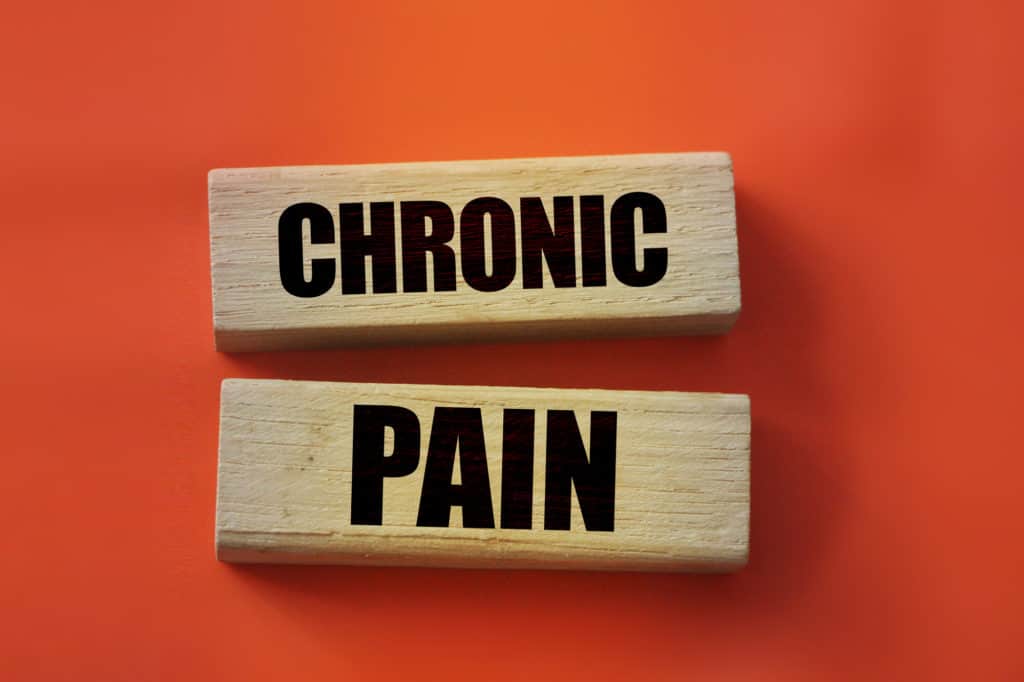
Each person deals with chronic pain differently. Some people approach it with stoicism, put on a “brave face,” and endure it to the best of their abilities. It’s admirable to do this, but we don’t necessarily recommend it because you need an outlet.
In some cases, keeping everything bottled up can result in more muscular tension and nervous system stress and, therefore, more chronic pain. This approach can also lead to exhaustion and feeling overwhelmed.
Make sure you have someone to talk to, whether a family member, friend or professional therapist. You don’t have to do it alone.
In addition to letting off steam and talking about your pain. There are other positive steps you can take to manage your symptoms and make the pain more bearable, like:
Exercise: Being physically active is one of the most effective ways of managing chronic pain. Exercise that works your heart and lungs and gets the body moving helps release endorphins, which boost mood and help alleviate pain. Other additional benefits of exercise include helping to maintain weight, better sleep, injury prevention, and strengthening your muscles.
Being mindful: Doing breathing exercises and practicing meditation are effective ways to relax and remove stress. These practices also help to focus the mind away from the discomfort and pain so you can instead concentrate on mindfulness. Doing this before going to bed is especially beneficial, as it will lead to a better night’s rest.
Maintaining a healthy diet: Having a well-balanced diet provides essential nutrients to the body and can help prevent a host of health issues. Find what works best for you. But the recommended healthy diet comprises whole grains, cereals, vegetables, legumes, fruits, fish, and lean protein. In addition, minimizing or avoiding alcohol consumption and avoiding tobacco will also help keep your body as healthy as possible.
Non-invasive therapy: Another helpful way to handle chronic pain is to look for non-invasive therapy options like Myofascial Release Therapy, acupressure, physical therapy, acupuncture, and massage. Look for certified professional therapists or medical service providers with proven experience in treating chronic pain patients.
What Causes Chronic Pain?
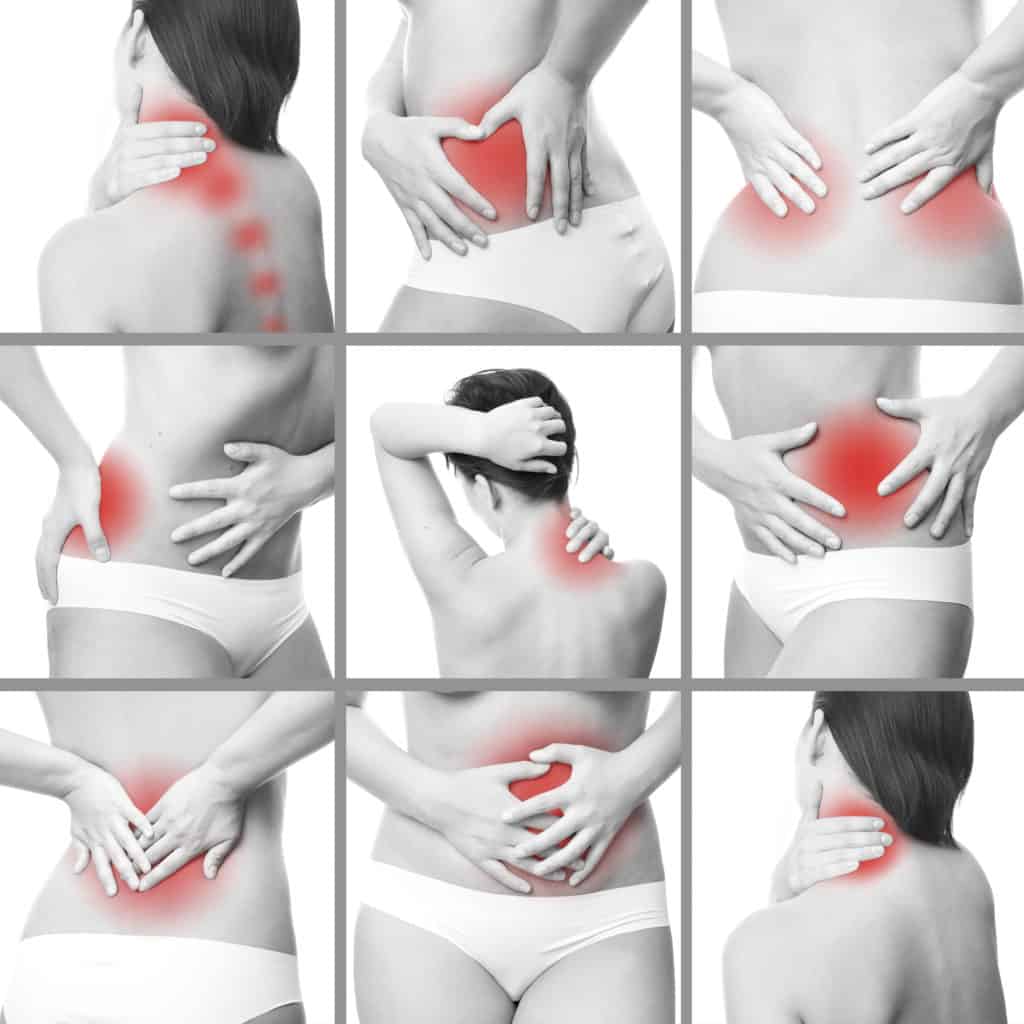
Chronic pain may occur for a multitude of reasons. Every case is different, and every person is an individual.
So, it’s essential to consult with a chronic pain specialist to find the root cause of your specific case of chronic pain if you don’t already know. But here are some of the most common risk factors associated with the development of chronic pain:
Genetic causes: Some medical conditions that can cause chronic pain are hereditary and manifest in families, like migraine.
Previous injuries: If you have experienced severe blunt force trauma to any part of your body, there is the risk of chronic pain later in life.
Strenuous activities: If you work in a labor-intensive profession, you may be more prone to developing chronic pain after many years of performing repetitive tasks.
Being obese: Those suffering from obesity are more likely to have medical ailments that cause chronic pain, such as arthritis. This propensity is because being overweight puts more pressure on the joints.
Excessive stress: Research has found that extreme stress in soldiers or individuals with PTSD (Post-Traumatic Stress Disorder) has an increased risk of chronic pain.
Age: Medical conditions that cause chronic pain are more common in the elderly due to neuropathy (nerve pain) and arthritis.
Smoking: One of the leading causes of chronic pain is tobacco-related medical conditions, with smoking among the high-risk factors.
The good news is that you don’t need to despair because there are treatments that, combined with lifestyle changes, can improve your overall quality of life.
How Myofascial Release Therapy Can Cure Chronic Pain
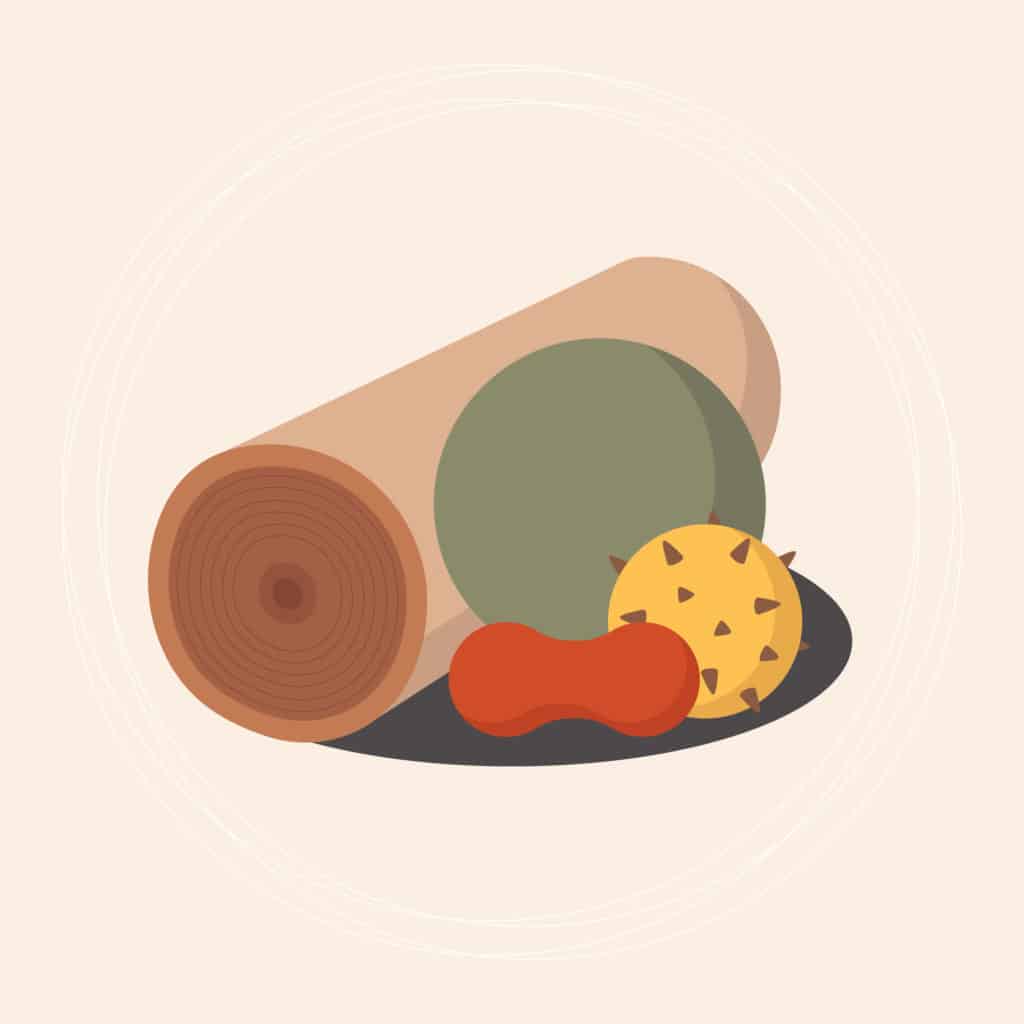
Myofascial Release Therapy can produce amazing results for chronic pain, Fibromyalgia, Chronic Fatigue Syndrome, and so-called Myofascial Pain Syndrome. Most patients report a reduction in pain levels after the very first session – along with an intense feeling of relaxation.
With repeated sessions, improvements continue steadily over time. How is this possible? Well, you may not know that there are layers of connective tissue encasing your body called fascia.
When these tissues become tight, dehydrated, and rigid – as is the case in responses to numerous triggers like accidents, injuries, surgeries, and traumas that build up over time- the result is chronic pain. Myofascial Release Therapy helps the body release these “trigger points.”
It allows the body (and your fascia) to return to a more relaxed, rehydrated, and pain-free healthy state – and pain subsides.
Want to try it for yourself? Book a free consultation now.
As a final point, never feel embarrassed or ashamed about your chronic pain. We are not here to judge. We do not gossip or talk to others about our patients. We are here to help, and will assist in getting you back on your feet.

